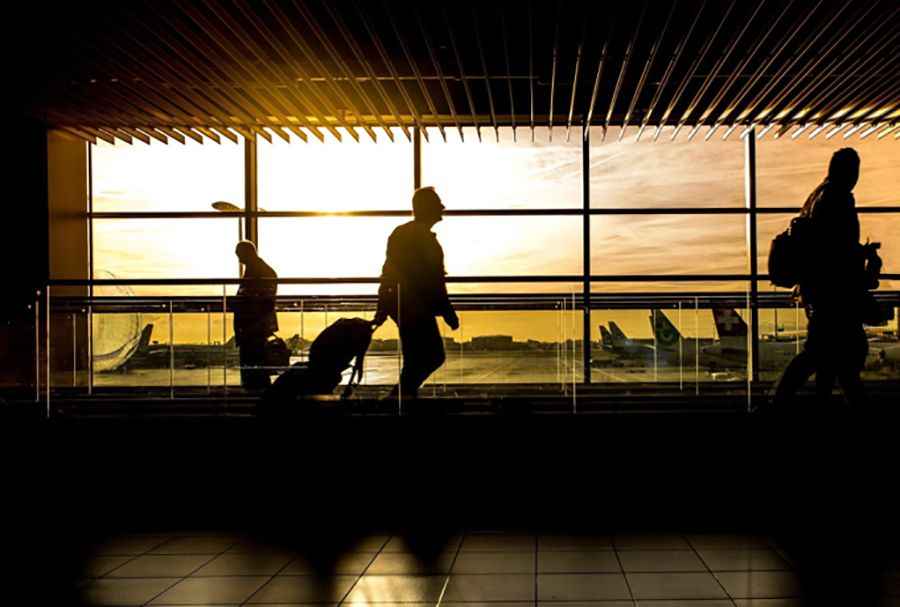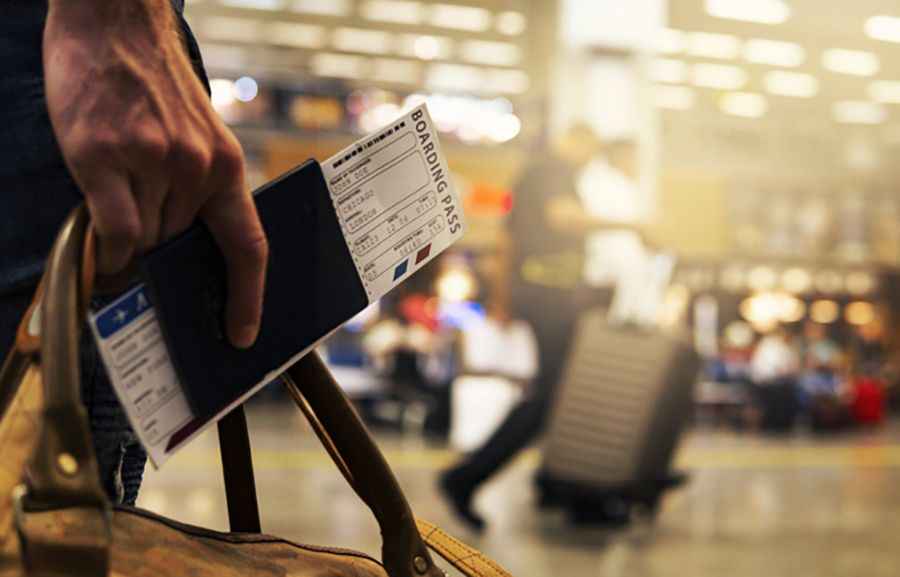Top 7 Most Dangerous Airports in the World
If you’ve heard about the recent tragic events at the airport in Afghanistan, you’re probably aware of the fact this isn’t the safest country to fly to. You may be surprised to know it doesn’t necessarily have the world’s most dangerous airport, either. The ones on the list feature some of the most hazardous conditions of any airport on Earth.

Madeira Airport in Portugal
Despite the fact that Madeira, Portugal, is a highly popular tourism destination, the only airport on the island is actually quite dangerous. The runway was nearly doubled in size in the year 2000 when it was expanded to 2780m. This renovation was constructed on a platform which was supported by 180 columns, each of these being anchored in the ocean.
When you add in complex weather conditions which include things like regular strong wind, it makes landing on this strip a feat which can only be achieved by a small group of pilots with specialized training.
Lukla Airport in Nepal
The Lukla Airport in Nepal functions as the primary landing pad for travelers visiting Mt. Everest. However, if you think hiking Everest is difficult, you'll find that landing at the airport is, in many ways, comparably hellacious. The airport's runway is one of the shortest across the globe, and sits right between two mountains.
To add an element of danger, the airport's electricity is unreliable, which makes it even more difficult for pilots to make contact with air traffic control, and on occasion, planes have been required to make their landing without any assistance from control.

Courchevel International Airport in France
Courchevel International Airport in France has a hodgepodge of hazardous conditions which make every successful landing, and take-off, feel nearly miraculous. The troubles begin before you even arrive at the airport, as pilots have to fly through a narrow valley deep within the Alpine Mountains to prepare for their descent.
The runway easily makes the list of shortest across the globe, at just 525 meters long, and its downward gradient hovers at 18.5%, making a take off even more difficult than landing. Added to which, the airport literally falls off a cliff, so there is essentially no room for hiccups of any kind.
Toncontin Airport in Honduras
The Toncontin Airport, which serves the capital city of Honduras, is nestled in a valley which sits around 1,000 meters above sea level. The same as any airport which is built into a mountain, it can be an extremely difficult spot for pilots to both take off and land.
To land, a pilot has to make a steep 45-degree turn among the mountains, ensuring that the underside of the airplane doesn’t drag against the land beneath it. Passengers should know that landing comes with a quick drop in altitude, and this can cause ears to pop and nosebleeds, lightheadedness, and even fainting in more severe cases.
Princess Juliana International Airport in St. Maarten
The Princess Juliana International Airport in St. Maarten is best known for having a runway which is located adjacent to a beach, and as such causes strong and violent blasts of wind and sand to blow onto unfortunate beachgoers.
However, the real problem with this airport isn't the fact it is located next to a beach, but rather, the small size of its runway, which is just 2,179 meters long. Although this may not seem terribly short, it is a huge problem for most airplanes which have to land, especially when you remember that the standard runway should be a minimum of 2,500 meters for a successful and safe landing.
The small size of the runway is due to the fact that the airport was designed for smaller planes, but due to the increase in tourism activity within the nation, and the lack of alternative airports at which tolandt, larger planes began flying there on a regular basis.
Paro Airport in Bhutan, the Himalayan Mountains
The conditions at Paro Airport are so treacherous that only a small number of pilots even have the qualifications to be permitted to land there. Flanked on every side by 5,500-meter tall mountains, the issue is further exacerbated by the fact that the runway at this airport is a mere 1981 meters long, and is also entirely out of sight to the pilots until the last moment.
Pilots must then steer the plane at a 45-degree angle until they have to rapidly drop down onto the runway. Because of the intense conditions, pilots are only permitted to land during the daytime and only when weather conditions are optimal.

Narsarsuaq Airport in Greenland
First of all, the runway at this airport is often covered in a layer of ice, which makes all landings a bit slippery. Add in strong wind and turbulent weather and it makes landing and taking off at this airport even more difficult. Finally, there is an active volcano close by, which is known to erupt on a regular basis, shooting out ash and soot, which can harm the engine of the planes which land and take off at this location.
Airport Woman Flight - Free photo on Pixabay
Airport Terminal Man - Free photo on Pixabay
Travel Airport Boarding Pass - Free photo on Pixabay